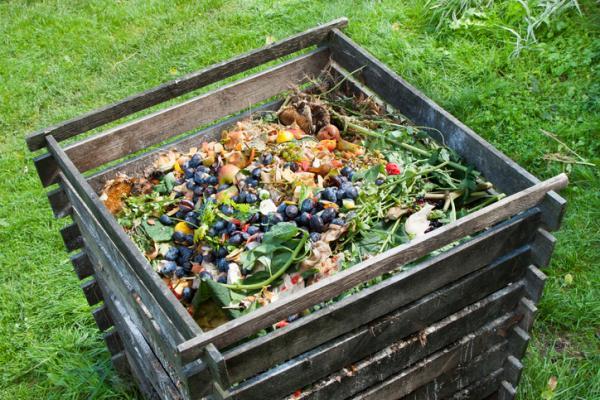Few things reflect the cycle of natural renewal as well as the use of different types of organic compost. Thanks to the composting process, we can recycle many of our organic waste, also obtaining a natural and ecological product that will help our plants grow more and better.
Do you want to learn more about the different types of composting? In this article, where you will see a gardening guide on 6 different types of compost and their preparation.
Different types of compost and their preparation
Compost is an organic and ecological compost for plants that are produced through the degradation of organic waste of different types. In other words, when composting we transform our waste as vegetable remains from the kitchen, or pruning remains from the garden, into a product whose composition allows plants to absorb their nutrients through the roots when they are incorporated into the soil.
Plants, especially those grown in pots, deplete the nutrients available in the soil or substrate and need an extra contribution that allows them to continue growing healthy. Using homemade compost is a cheaper alternative than acquiring synthetic fertilizer or chemical fertilizer, and it is also an ecological and sustainable method. Therefore, we can say that compost serves to provide more nutrients to plants.

Compost types – list
In summary, we can say that these are the most widely used types of organic compost:
- Common compost: heap, surface, composter and industrial.
- Vermicompost or earthworm humus.
- Bokashi, bokashi compost, or Japanese compost.
Common compost and its types
Common compost is understood to be the most common and simplest system for making homemade compost. There are different methods in its elaboration, which mainly depend on the way or place in which we stack the organic matter so that it decomposes. When preparing this type of compost, it is important to maintain a correct proportion in the different types of waste, which are usually separated between wet and dry or between rich in carbon or rich in nitrogen. If the compost seems too greasy or gives off strong odours, it most likely contains too much nitrogen-rich waste. On the other hand, if the mixture decomposes excessively slowly, it is probably due to an excess of carbon-rich materials. These are the different types of common compost:
Common compost in heap
This is one of the methods most used by people who have large gardens or lands. It consists of stacking alternating layers of dry and wet organic materials directly and on the ground. The usual thing is to cover the heap with straw or some other similar material and add water as needed to keep adequate levels of humidity and heat. It is also necessary to remove the pile regularly to aerate it.
Common surface compost
This is a method that allows the compost to be made and applied in a single process. In it, the organic matter is applied directly to the cultivated land, as is done in the green manure or mulching methods. Thus, as microbial life and insects decompose organic matter, nutrients filter directly into the soil, enriching it.
Common compost in boxes or composters
It is one of the most widely used methods by non-professional gardening or horticultural enthusiasts. Its main advantage lies in its simplicity since you only have to buy one of the many models of composters or compost machines that exist for sale. These are optimized and usually incorporate instructions for use to make compost preparation easier.
Industrial Compost
There is also industrial compost, which requires facilities with pipes that supply oxygen to the organic matter pile and extract the carbon dioxide produced, thus greatly accelerating the process.
Vermicompost or earthworm humus
Also called earthworm humus, vermicompost is one of the most beneficial ecological fertilizers for plants and soil properties, both at the level of nutrients and beneficial microbial load. In fact, it is especially useful in microorganisms, which associate with plant roots and protect them from pathogenic elements such as fungi and bacteria.
Vermicompost is made primarily from California red worms, prized for their high voracity and ability to consume virtually any organic plant residue, except citrus and products from the garlic and onion family.
To obtain it, you just have to buy some of these worms and a vermicomposter, which can also be manufactured at home without too many problems. As soon as we start to supply them with organic matter, our worms will soon multiply and generate vermicompost.
Bokashi or Japanese compost
The Bokashi compost or bokashi is a type of compost that originated in Japan, so it is also known as Japanese compost. Rice farmers in this country developed it as a way to use their residues and waste productively for their crops.
Its main advantage over common compost is that the decomposition process is much faster. This is thanks to the addition of a culture of microorganisms that are prepared with water, molasses and yeast. In addition, bokashi also has chicken manure or avi compost among its ingredients, as well as ash, rice husks and charcoal, although some of these materials are substitutable for others.
You may like also to read http://cherryblossomlife.com/

